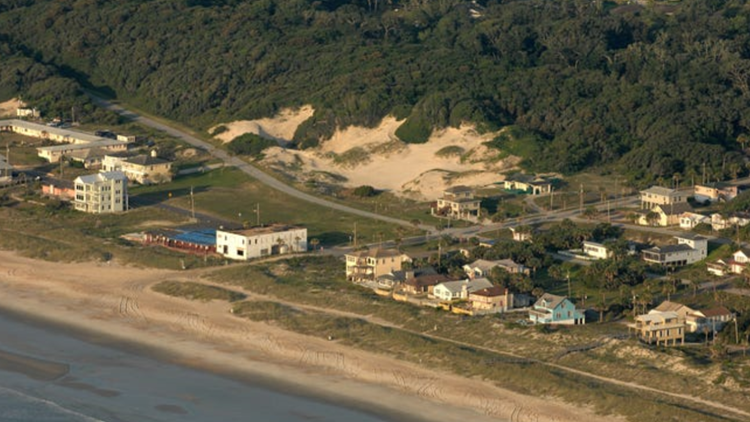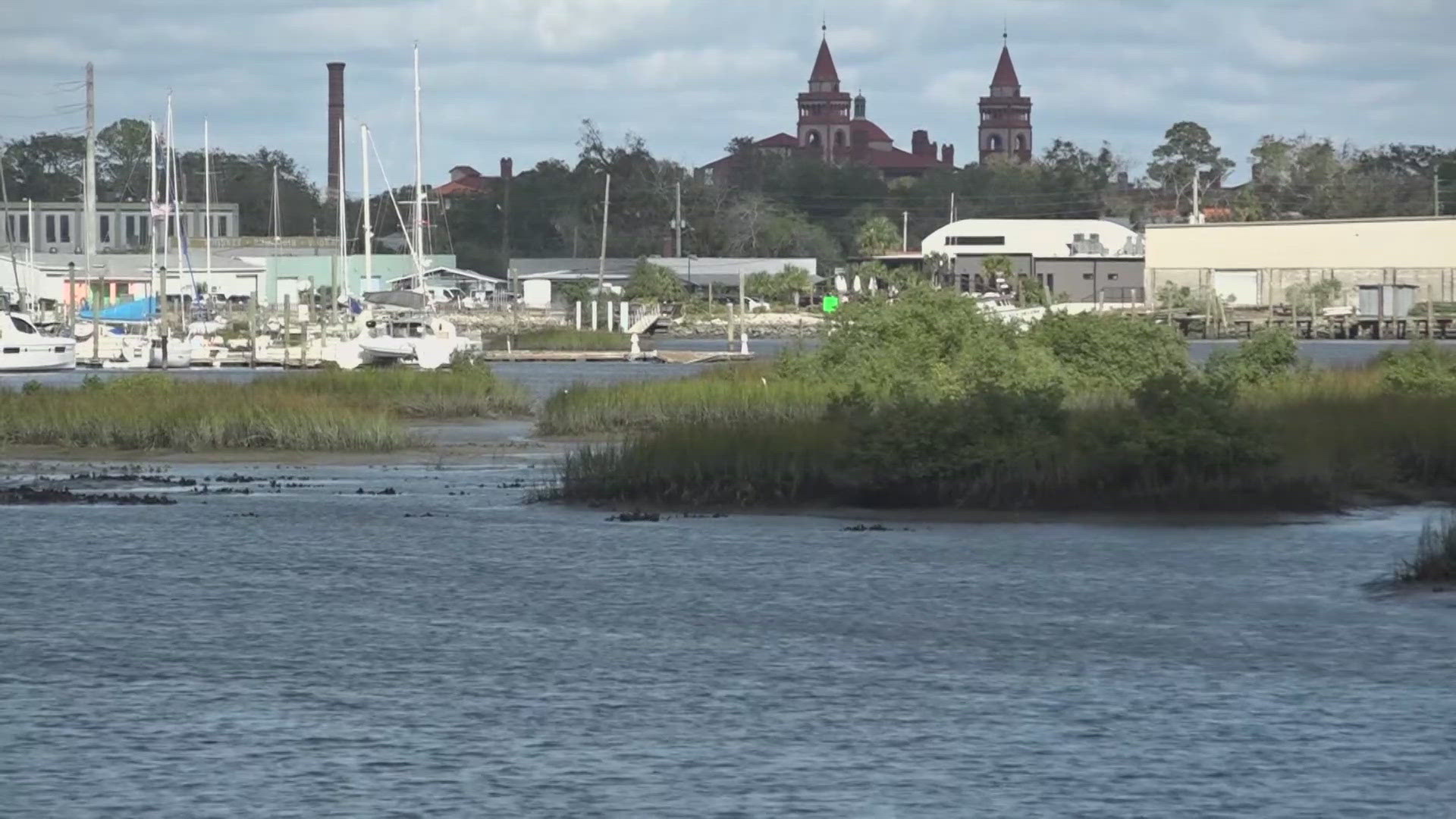AMERICAN BEACH, Fla. — A Jacksonville nonprofit is buying part of the “NaNa” dune system on Nassau County’s American Beach – and trying to raise money to pay for it.
The $1.3 million deal the North Florida Land Trust signed with owners of three undeveloped parcels is only the second time in recent years the organization has borrowed money rather than saving until it could use cash on hand.
Now, the land trust is asking for money to help pay off a bank loan it plans to use to pay for the lots and protect the dunes at the historic Black resort community.
“We don’t particularly like debt. It doesn’t do us much good, especially from a tax situation,” said Jim McCarthy, the land trust’s president. “…But it’s the only way to secure these properties. We’re hoping people will understand the need to pay off that debt.”
McCarthy said owners of the land along Ocean Boulevard near Burney Road wanted to sell to someone as fast as possible and the land trust didn’t want to gamble that lots near the ocean in a revitalizing community would still be available later.
The sale is expected to be completed in January.
The lots, together covering 1.55 acres, are part of “Little NaNa,” locals’ name for the secondary part of the ridge of dunes around Ocean Boulevard that are the core of American Beach.
“Big NaNa,” the tallest dune on Florida’s coastline, rises just to the north and across the street from the parcels the land trust has under contract. The National Park Service already owns that 8.5-acre landmark, and McCarthy said conserving Little NaNa will help protect the ecology and unique identity of the dune system defining American Beach.
The dunes provide habitat for gopher tortoises, which the state considers a threatened species protected by law, as well as for migrating shorebirds that depend on open land in their long-distance travels.
Houses along Burney and nearby Gregg Street already hem in the dune system, and buying privately-owned land is the only way to assure it won’t be developed. Development has remade much of Amelia Island both north and south of American Beach, increasing the need for the habitat that remains.
Created in the 1930s, American Beach is also steeped in Black history, designated as a historic district on the National Register of Historic Places in 2002, and preserving the area’s character fits the land trust’s dual roles of environmental and historic preservation.
McCarthy said his organization is interested in buying more of the dune system if it becomes available.
For now, the land trust is focusing on fundraising, reaching out to donors and local government to try to recover its costs.



